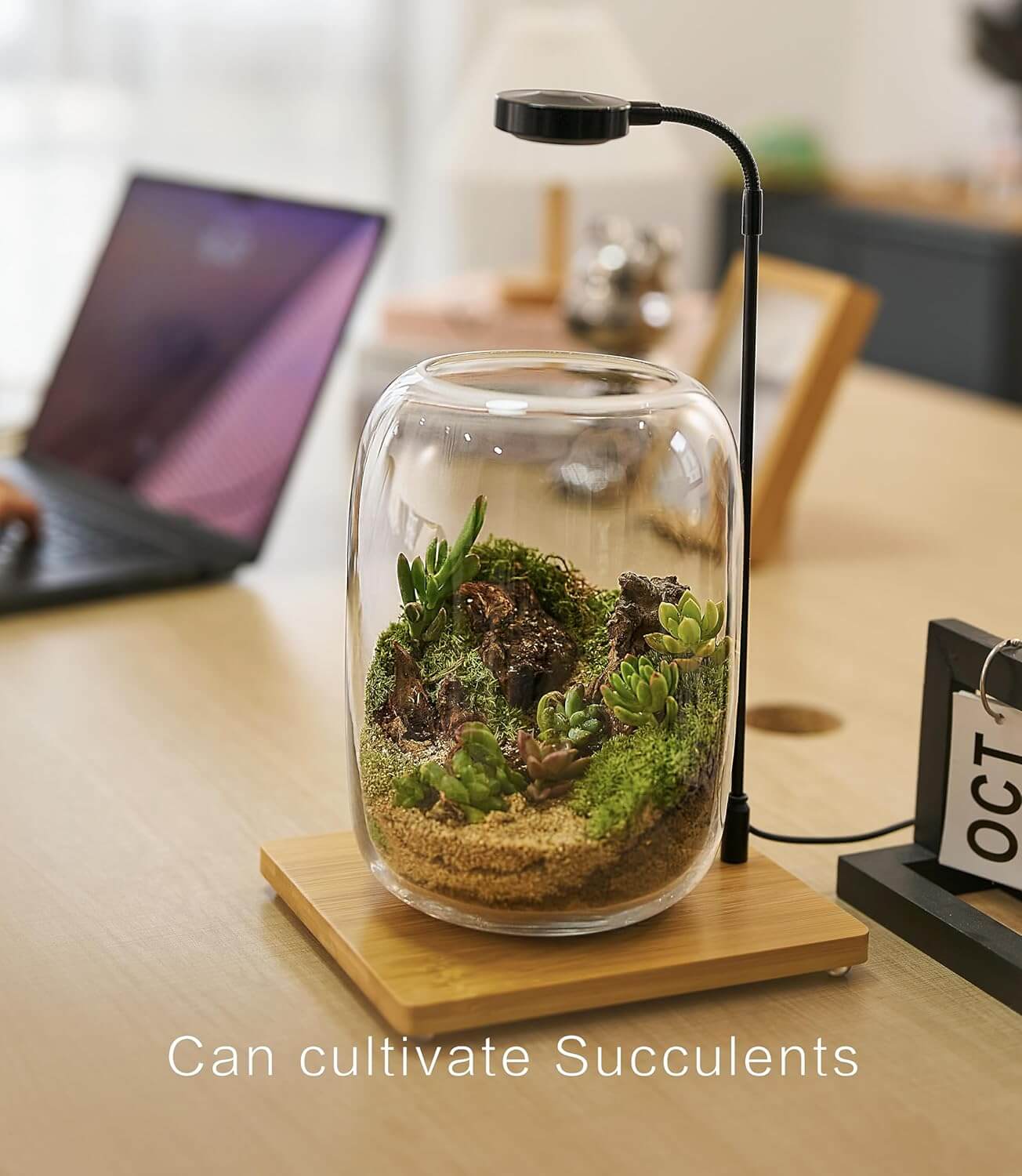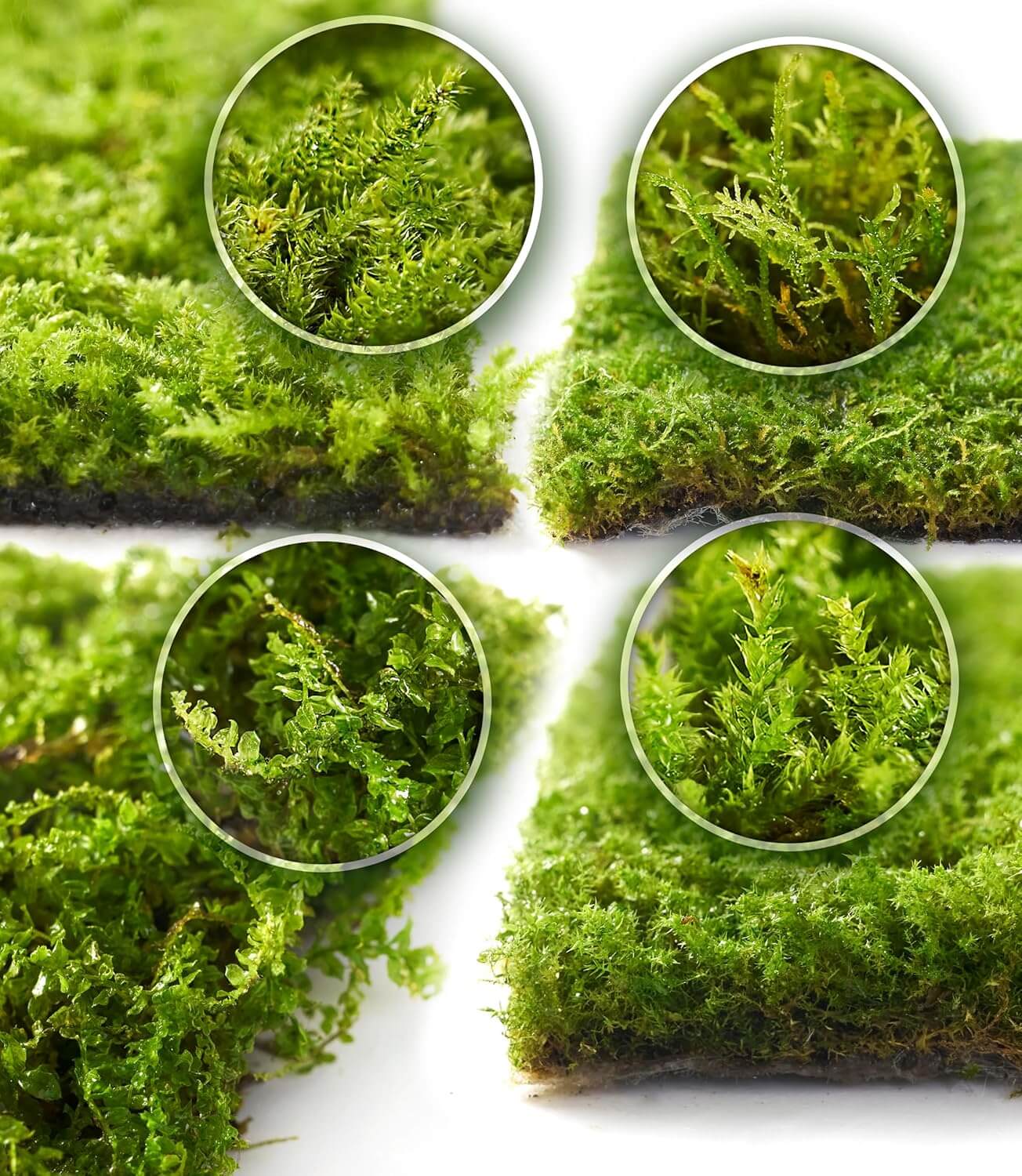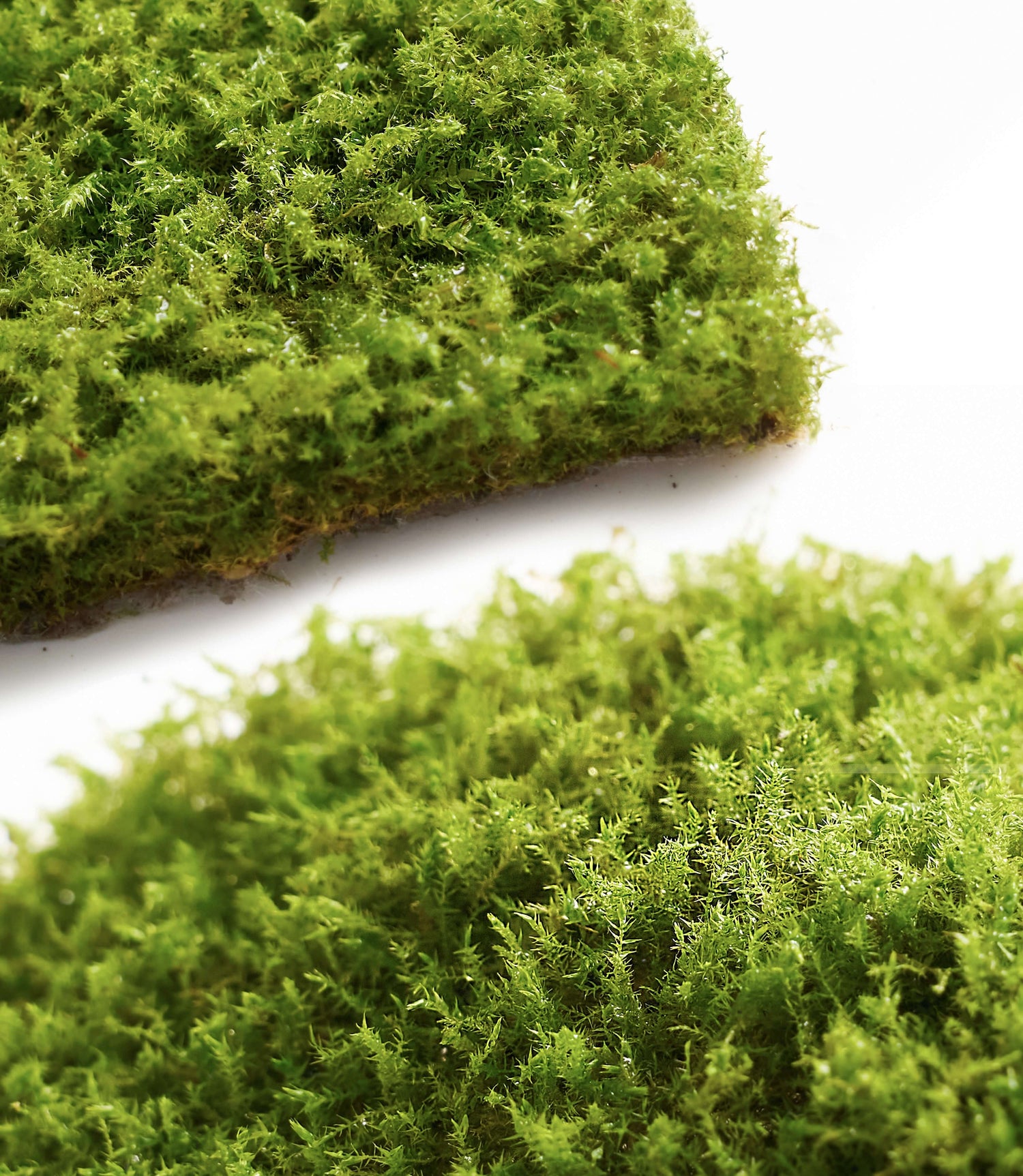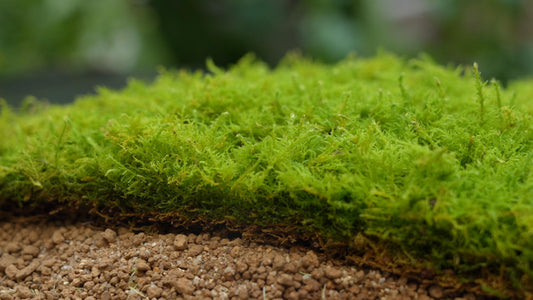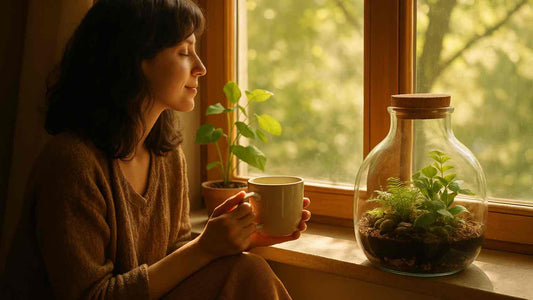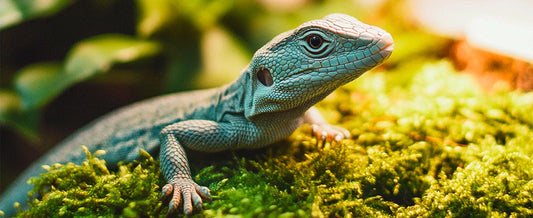Best Water Type & Drainage for Orchid Moss | Care Guide
New to pairing live moss with orchids? The biggest pitfalls aren’t light or temperature—it’s water. This guide covers the best water for orchid moss, smart watering habits, and drainage setups that prevent soggy cores and root rot.
Why water & drainage decide success with orchid moss
With orchids, the wrong water type, watering pattern, or poor drainage will turn moss yellow and suffocate roots. Get these right and live moss stabilizes humidity, supports healthy root tips, and keeps the pot evenly “moist, not soggy.”
Water quality: what to use for live moss on orchids
1) Distilled Water ✅ (Best)
Five-star pick. No chlorine, no minerals, no hardness. Keeps live moss bright and prevents white crust on glass and media—ideal for clear pots and orchid terrariums.
2) RO Water ✅ (Excellent)
Comparable to distilled, often more economical with a home RO unit. Low mineral load, gentle on moss and roots.
3) Rainwater 🌦️ (Good with care)
Naturally soft and slightly acidic—root-friendly. Only use if the collection surface is clean; let it settle and filter if you’re in a dusty or urban area.
4) Tap Water ⚠️ (Use with caution)
Chlorine and hardness build up over time—dulling moss, hazing glass, and stressing roots. If it’s your only option, rest 24 hours (to off-gas chlorine) or boil and cool. Long term, switch to distilled/RO.
Drainage design: the real lifespan booster
Both moss and orchid roots hate standing water. The goal is a humid, airy zone—not a swampy core.
Pot setup (most orchids)
- Base: LECA/pebbles (1–2 cm) for drainage.
- Middle: activated charcoal to adsorb odors and keep air pathways open.
- Upper: media such as bark + a little live moss.
- Top: a thin moss layer (≤2 cm) to buffer humidity—never bury the crown/pseudobulbs.
Tip: Use tweezers to create small air channels along the pot edge for better ventilation.
Closed terrariums
Follow a “light, frequent mist” rule. After misting, open the lid 30 minutes to clear condensation before closing. If a water layer forms at the bottom, tilt and wick it out with paper towel.
Mounted or bare-root orchids
For mounts, moss is for moisture buffering, not soaking. Mist, then let the surface dry within 1–2 hours in airflow. Persistently wet moss encourages mold.
3 red flags of “soggy death”
- Moss turns dark/yellow and feels slimy → waterlogged, low oxygen.
- Condensation lingers on glass for hours → humidity too high, vent immediately.
- Roots blacken and soften → stop watering, trim damaged roots, increase airflow.
Pro tips: keep moss moist, not soaked
- Err on light mists 2–3× over a day instead of one heavy drench.
- Low light = slow evaporation; reduce misting in dim conditions.
- Once a month, flush with distilled/RO to prevent mineral buildup.
- If room air is very dry, use a small humidifier nearby—don’t just increase watering volume.
FAQ — Best Water & Drainage for Orchid Moss
Can moss sit in water to keep humidity high?
No. Standing water starves roots of oxygen and invites rot. Keep moss moist, not soggy, and ventilate after misting.
Is tap water okay for live moss?
Short term, you can rest tap water 24 hours or boil and cool. Long term, distilled/RO is best to avoid mineral crust and glass haze.
Can I use rainwater?
Yes, if collected cleanly. In urban settings, let it settle and filter. It’s soft and slightly acidic—friendly for orchid roots.
How thick should the moss layer be?
Keep it thin—≤2 cm—and never cover the crown/pseudobulbs. Thin layers buffer humidity without suffocating roots.
What’s the best drainage stack for orchids with moss?
Base pebbles/LECA (1–2 cm) → a charcoal layer → bark mix with a little live moss → a thin moss top. Create side air channels with tweezers.
Ready to set up healthy orchid moss?

